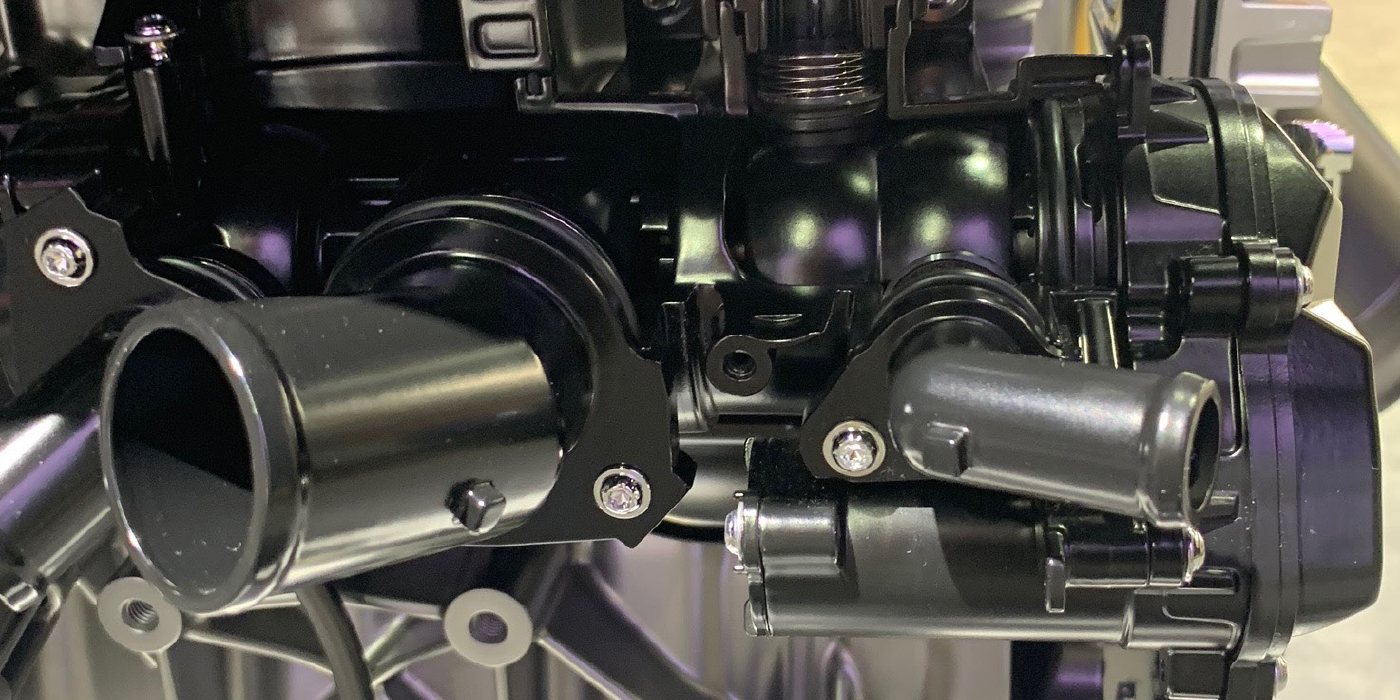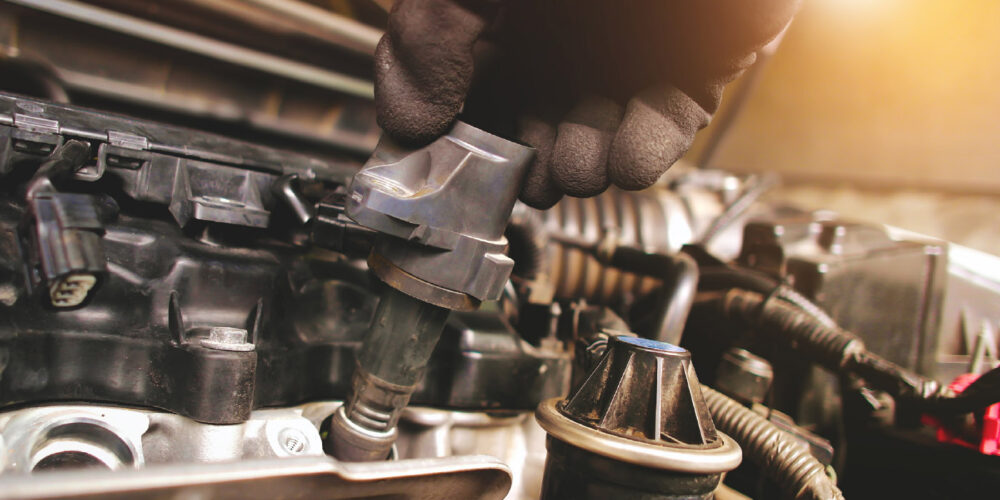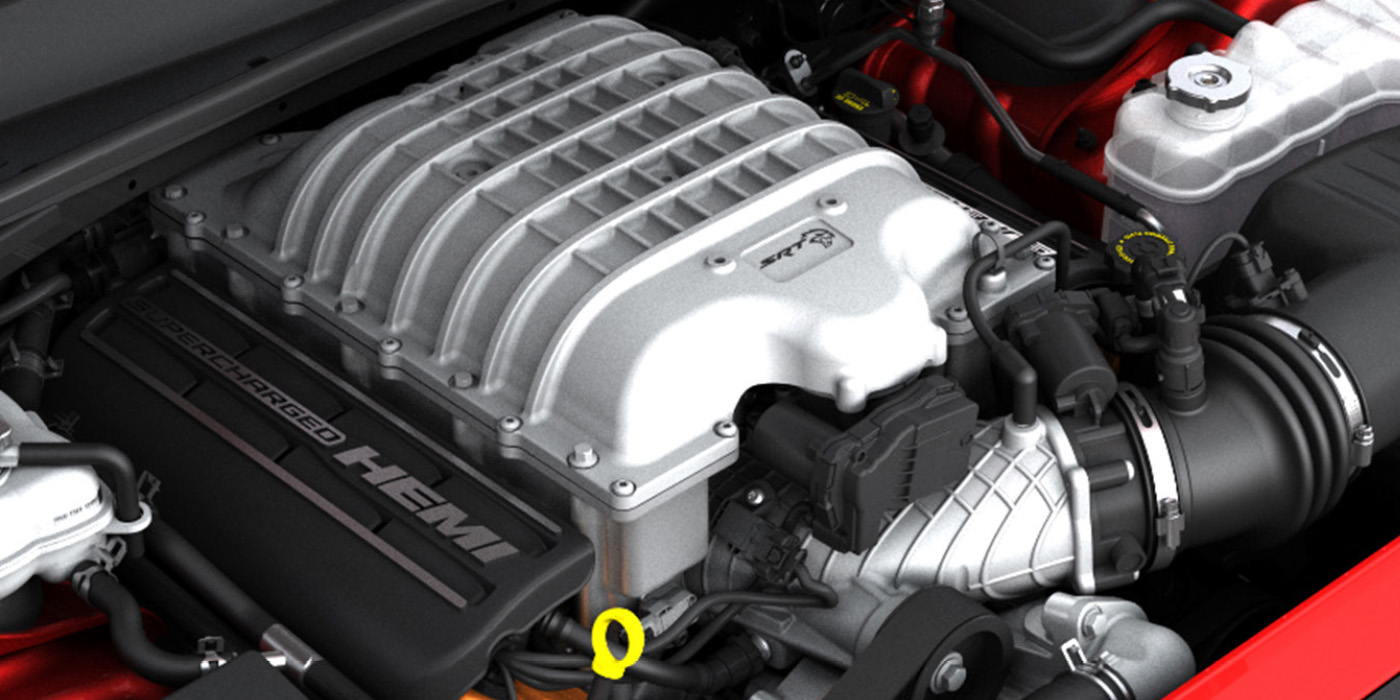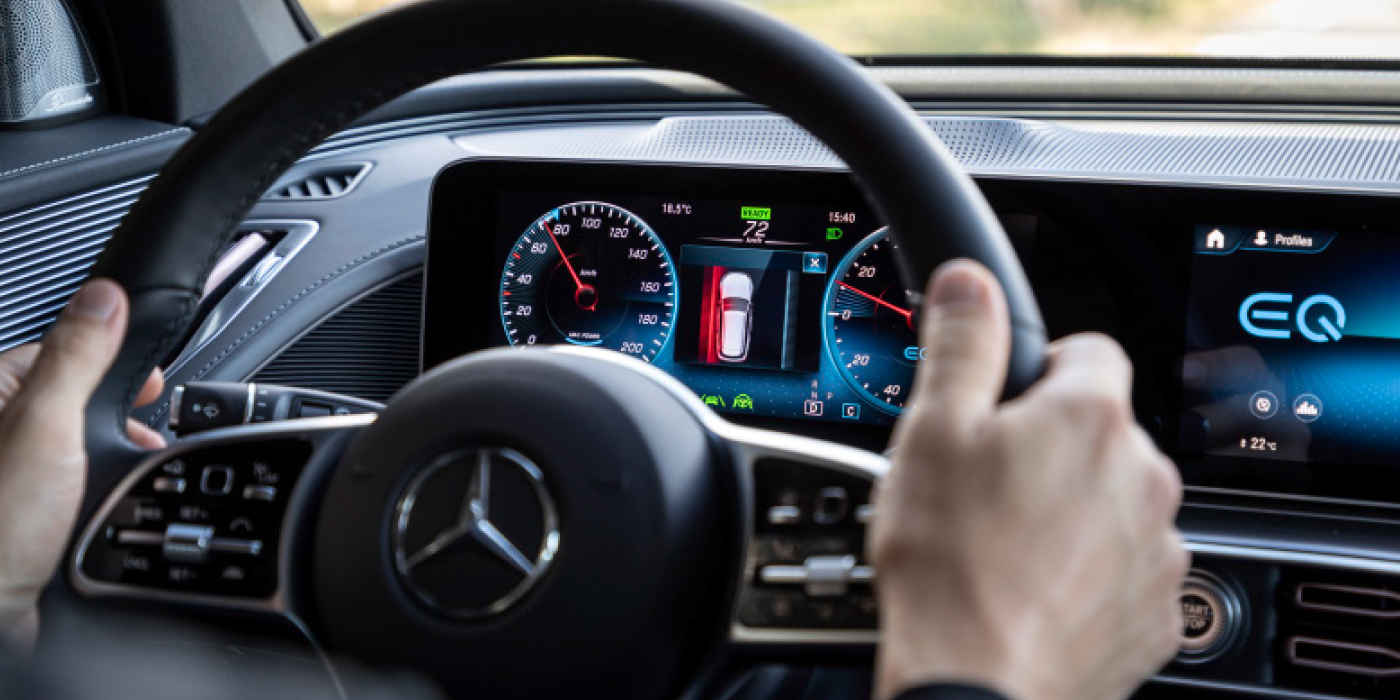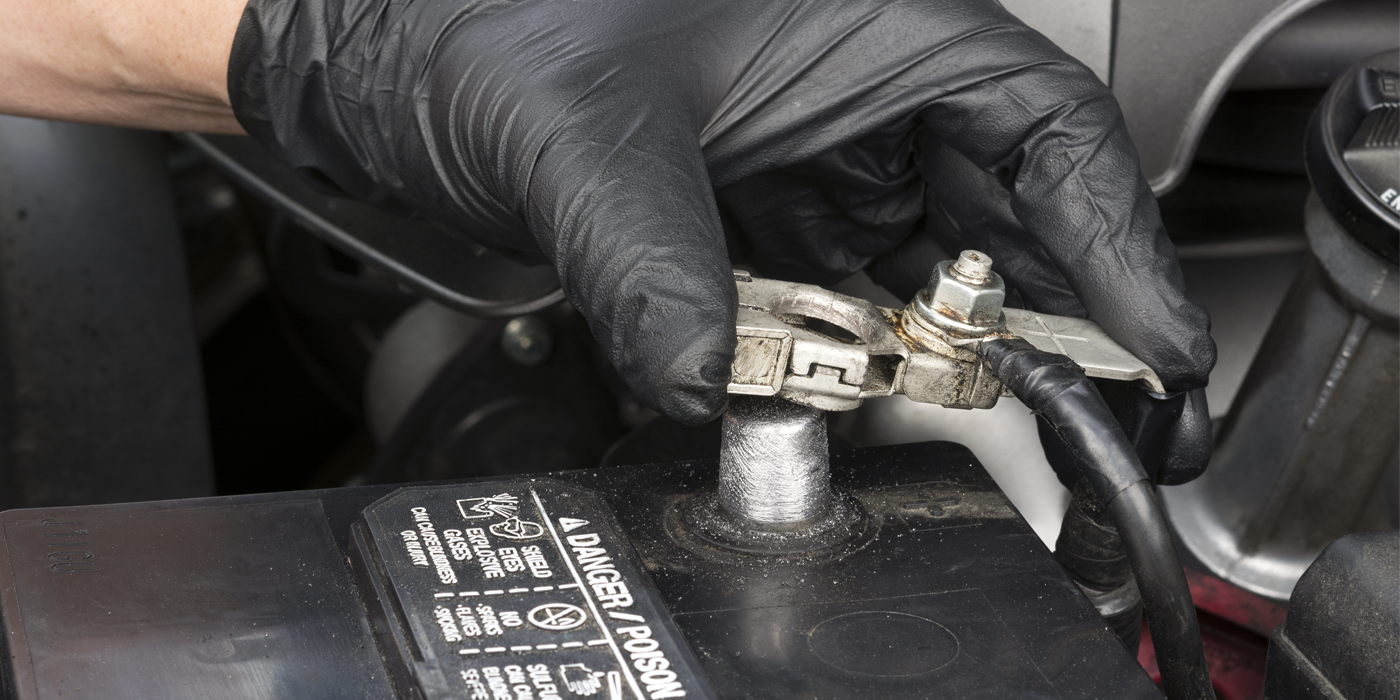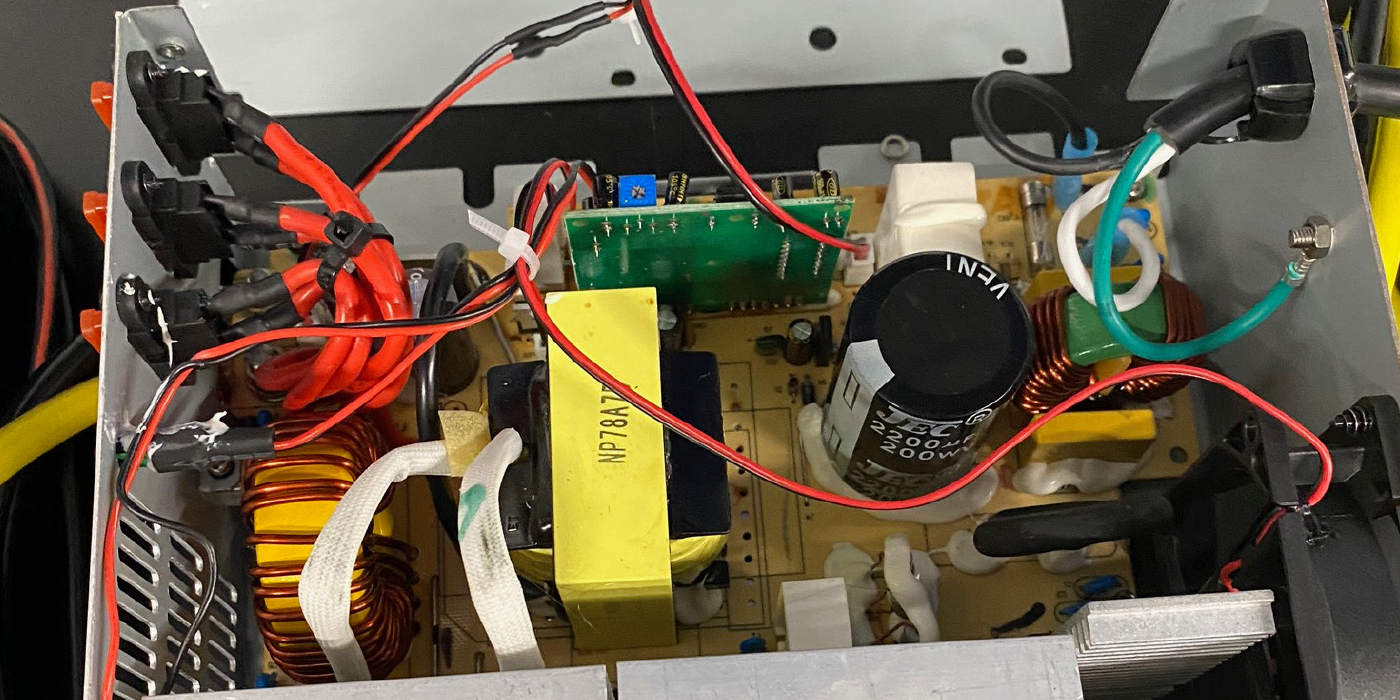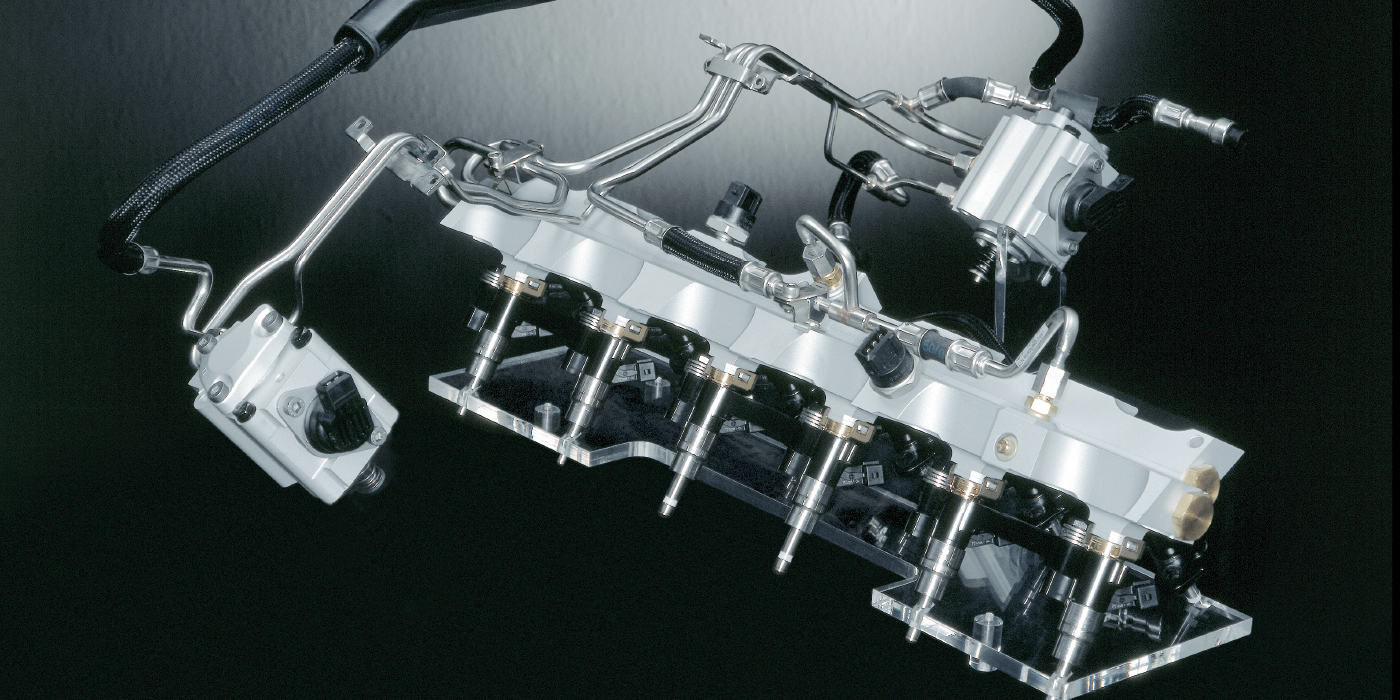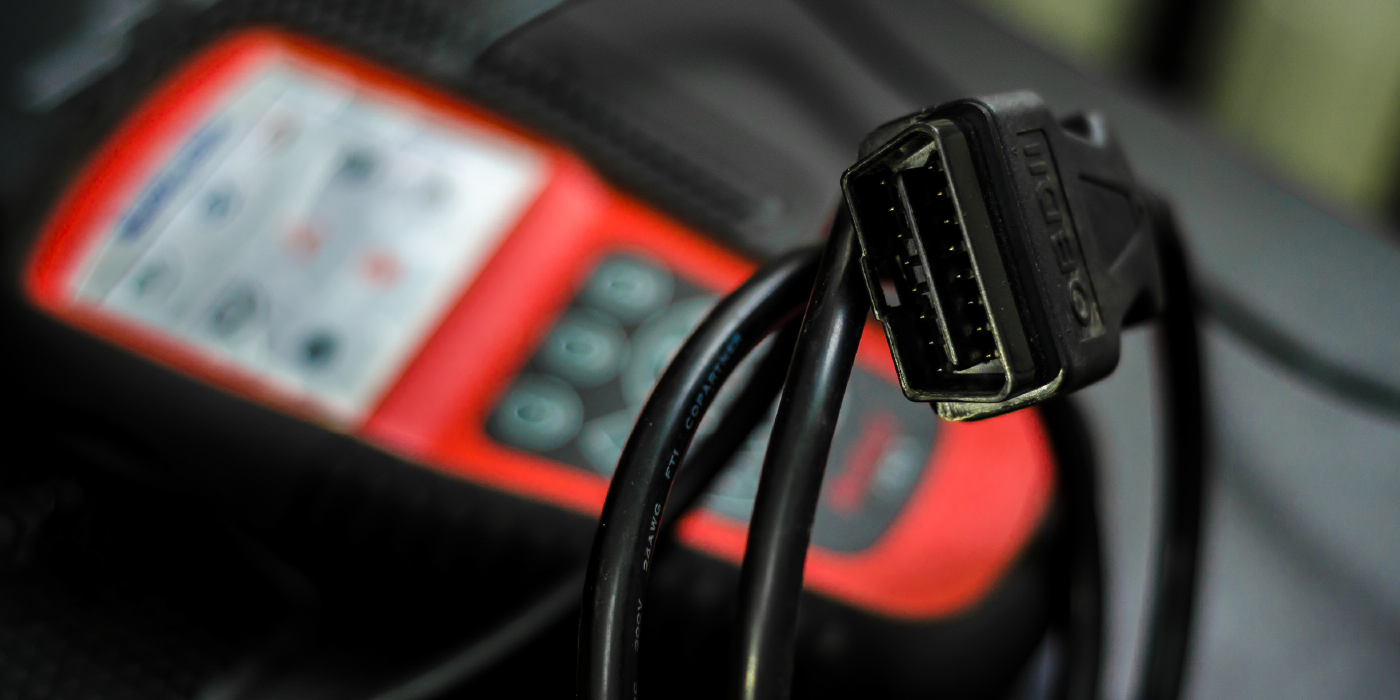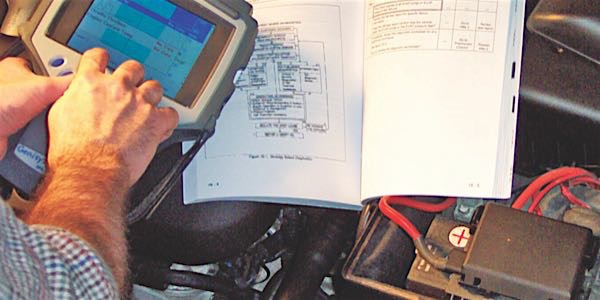
In 1996, automakers and SAE standardized many functions of the on-board diagnostic system. This historic agreement ushered in the OBDII era and satisfied specific requirements of the EPA’s Clean Air Act. OBDII provided not only a way for the government to ensure vehicles were meeting emission standards, but also allowed independent shops access to vital diagnostic information.
OBDII also standardized the codes and emission monitors for vehicles. The structure or nomenclature can be read by technicians by looking at the single letter and four digits to determine what the codes mean.
First (System)
The first letter of an OBDII code indicates what system the code covers. It will always be a letter.
P=Powertrain
B=Body
C=Chassis
U=Undefined
Second (Generic or Enhanced)
The second slot in an OBDII code will always be a number that indicates if the code is generic (standardized by SAE) or enhanced and unique to the manufacturer.
0=Generic
1=Enhanced
Third
Even if the code is enhanced or generic, the code will follow specific nomenclature in the majority of cases.
1=Emission Management (Fuel or Air)
2=Injector Circuit (Fuel or Air)
3=Ignition or Misfire
4=Emission Control
5=Vehicle Speed and Idle Control
6=Computer and Output Circuit
7=Transmission
8=Transmission
9=SAE Reserved
0=SAE Reserved
Fourth
The next number, or letter in some cases, is dependent on the third number. The fourth number is usually focused on a specific component. If you look at P0400-P0499 codes, for instance, the fourth digit indicates the following emissions components:
0=EGR
1=Secondary Air Injection
2=Catalyst System
3=Catalyst System
4=EGR
5=EVAP
6=Fuel Level
7=Exhaust Pressure Sensor
8=Cooling fan/Exhaust
9=Catch-all for emission component and system performance
Some codes may not follow these rules. For example, code P043E is actually for the EVAP system. While these variables tend to be the exception rather than the rule, you really should look up the code by the time you get to the fourth digit.
Fifth
The fifth number or letter in an OBDII code is dependent on the third and fourth number. For misfires, it can indicate the cylinder. For some catalyst codes, it can indicate the bank of sensor location.
Some codes use letters A-F. These are the exception and usually indicate a performance issue or a circuit reading that is high, low or open.
For example:
P042A=Catalyst Temperature Sensor Circuit
P042B=Catalyst Temperature Sensor Circuit Range/Performance
P042C=Catalyst Temperature Sensor Circuit Low
P042D=Catalyst Temperature Sensor Circuit High
The Future
When SAE wrote the rules of OBDII more than 20 years ago, they wanted to “future proof” the code system. The codes can be expanded to include telematics, electric vehicles and other technologies in the future if the government mandates it or the automakers decide to standardize some systems.

